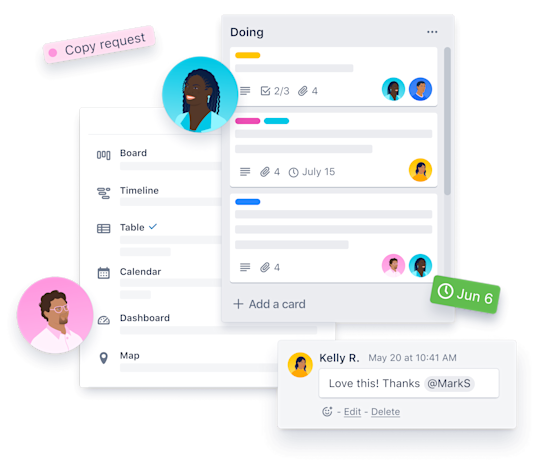Automation tools have become increasingly popular in recent years as they can greatly improve workflow and productivity. These tools can automate repetitive tasks, freeing up time for more important work. In this guide, we will explore the benefits of automation tools, list the top tools for small businesses and remote teams, and provide a step-by-step guide on how to implement them in your workflow.
Top Automation Tools for Small Businesses and Remote Teams:
IFTTT (If This Then That) - A platform that allows users to create custom "recipes" to automate tasks between different apps and services.
Zapier - A similar platform to IFTTT that allows for automation between apps and services.

Trello - A project management tool that allows users to create boards and lists for organization and collaboration.

Hootsuite - A social media management tool that allows users to schedule and automate posts across multiple platforms.

Todoist - A task management tool that allows users to create and manage tasks and projects.

Notion - Single space where you can think, write, and plan. Capture thoughts, manage projects, or even run an entire company


How to Implement Automation Tools in Your Workflow:
- Identify repetitive tasks that can be automated. Examples include scheduling social media posts, sending email reminders, or tracking time.
- Research and choose the automation tool that best fits your needs. Consider factors such as the apps and services it can integrate with, its user interface, and its cost.
- Set up the automation tool and create your first automation "recipe" or "zap". Test it to make sure it is working correctly.
- Continuously evaluate your automation tools and make adjustments as necessary.
- Can compose and arrange with the assistance of onsite Artificial Intelligence.
Automation tools can greatly improve workflow and productivity, saving time and allowing for more important work to be done. The top automation tools for small businesses and remote teams include IFTTT, Zapier, Trello, Hootsuite, and Todoist. By identifying repetitive tasks, researching and choosing the right automation tool, setting it up, and continuously evaluating it, you can effectively implement automation in your workflow. For further resources, consider consulting online guides and tutorials, as well as reaching out to the support teams of the specific automation tools you choose.















Member discussion